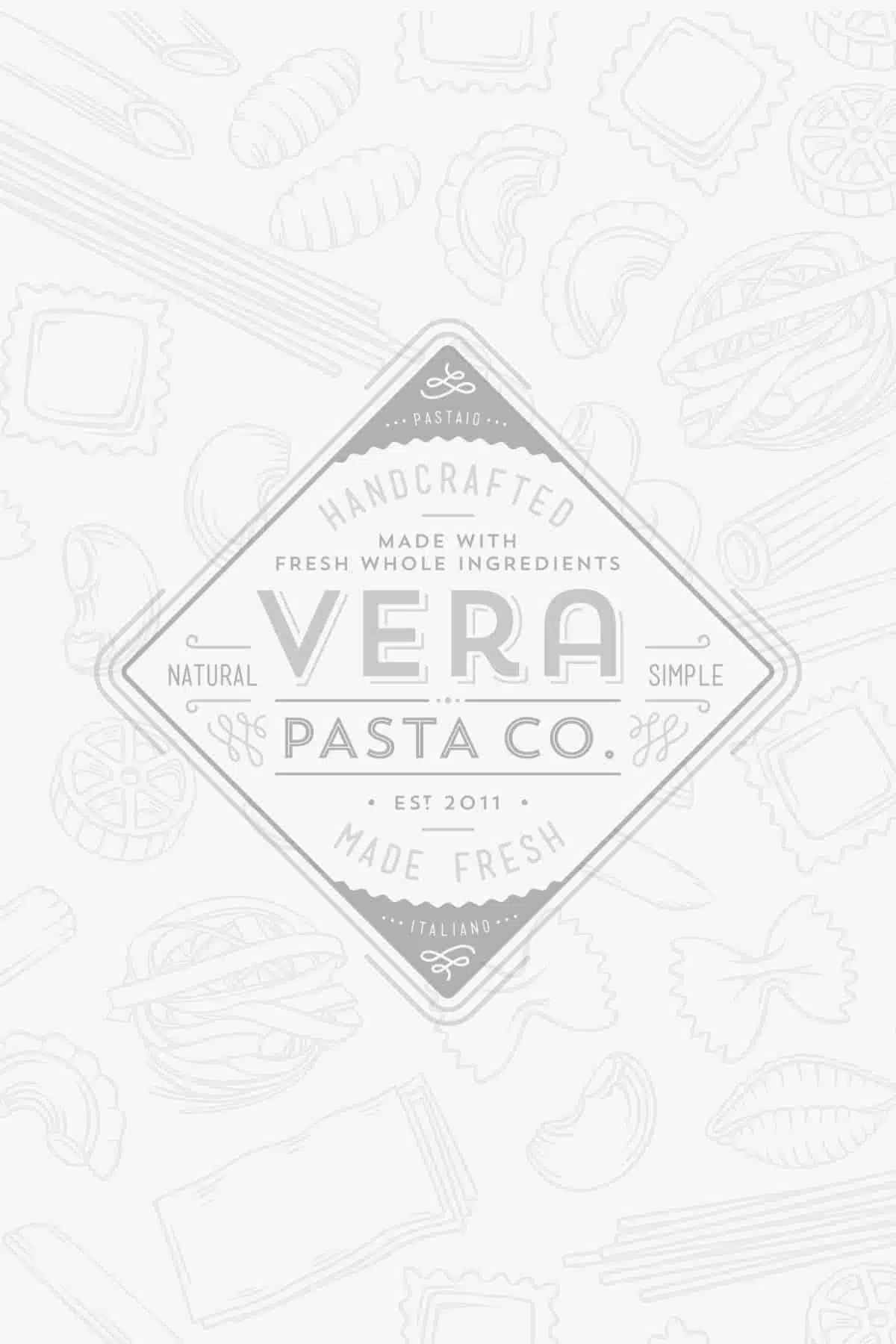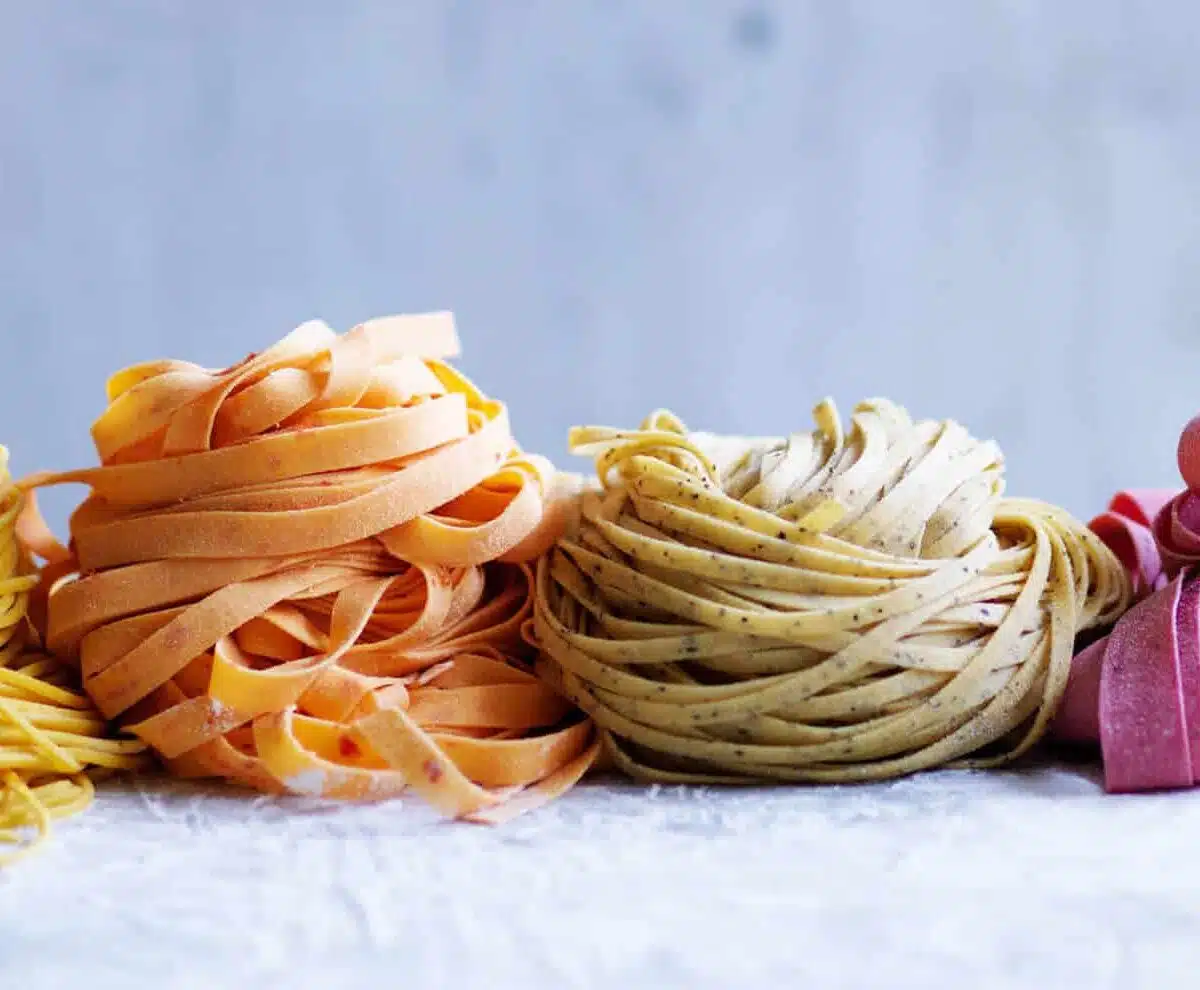
A Cooking Quick Tip: The First and Most Important Step in Making a Bolognese
September 11, 2012
The 5 Best Roman Pasta Dishes
October 29, 2012Salt is a key ingredient in almost all facets of cooking, used to bring out, and enhance the natural flavors within food. As there are many types of salt, many do not know what exactly separates one salt from another, and how different salts are meant to season different types of foods, or used in different stages of the cooking process. The
following explains the differences between three of the most common salts: table salt, kosher salt and sea salt.
Table Salt: This is possibly the most common salt used in almost every household around the U.S. It is usually harvested from underground salt mines and is fully processed to remove natural minerals; this gives it the incredibly strong saltiness and slightly more bitter taste than the other salts. This salt is not recommended for finishing foods, but instead, can be used to salt boiling water when cooking pasta.
Kosher Salt: This type of salt is processed according to Jewish dietary guidelines. Kosher salt has a cleaner and a more even salt taste (a less of a strong taste when compared to table salt), making it easier to gauge when cooking as it helps to prevent the common mistake of ‘over salting.’ This salt is the go-to salt when you are seasoning during the cooking process.
Sea Salt: This salt is produced from low waters of Mediterranean (or from other similar environments). This salt is the most natural of the salts, meaning it has all its nutrients and minerals still in the salt crystal. These minerals and nutrients will lightly flavor and color the salt, conveying the characteristics of its origin. This is the only salt that should be used to finish food, as its flavor is only lightly salty, and its substance is much more ‘soft’ and flaky, than table salt or kosher salt.
A final tip: Never finish food with table salt of even kosher salt. If you have properly salted your food during cooking process, then you shouldn’t have “re-salt” when you have a finished product.




